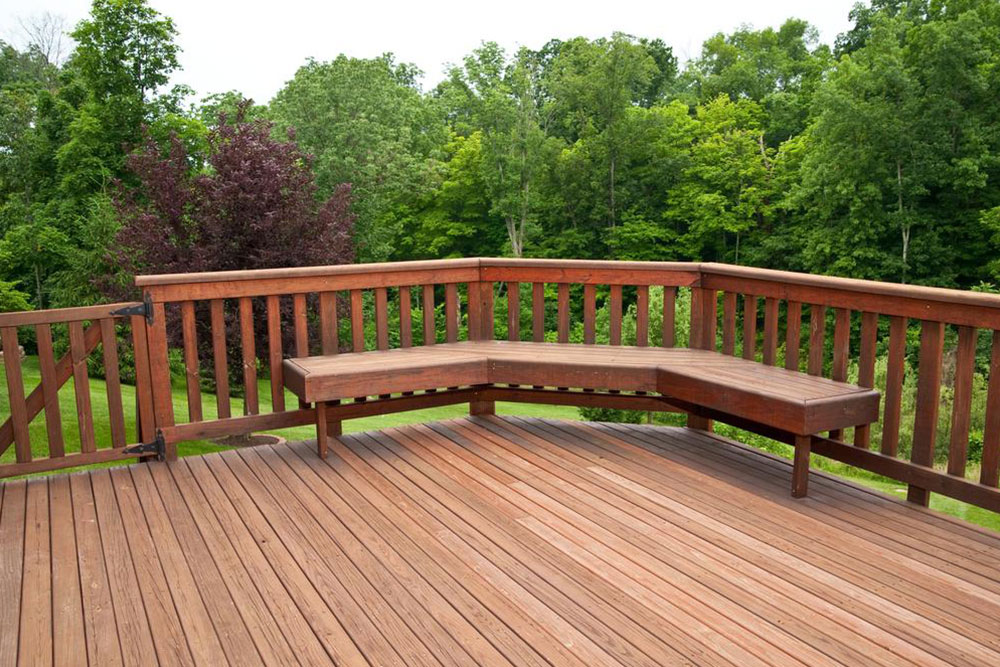Selecting the Best Composite Decking for Your Outdoor Area
Discover how composite decking combines durability and low maintenance for stylish outdoor living. Learn about its advantages, installation tips, and maintenance to create a beautiful, long-lasting deck that enhances your outdoor space without the hassle of traditional wood.

Selecting the Best Composite Decking for Your Outdoor Area
Designing an attractive outdoor patio creates an ideal space to relax during warm weather. Many homeowners choose decking to elevate their outdoor experience, but concerns about maintenance and durability often surface. Traditional wooden decks can attract pests like termites and may develop splinters, raising safety worries.
Composite decking presents a smart solution, offering visual appeal alongside minimal upkeep. Its innovative construction allows you to enjoy a beautiful deck without the typical wooden issues.
Benefits of composite decking
When choosing decking materials, options like cedar, pine, or redwood are common, but they often need regular maintenance or treatments to stay in good shape—some last longer with minimal care, others require attention every few years.
To address these concerns, the market offers durable, low-maintenance choices like aluminum, vinyl, and plastic. Among them, composite decking has gained popularity for its durability and ease of care.
What is composite decking?
Composite decking is produced by combining plastic with wood fibers, mixed with colorants and preservatives. The resulting mixture is heated and shaped into strong boards. These boards are heavier than traditional wood and resistant to rot, stains, and splinters.
The color is added through pigments before manufacturing, and although fading may occur over time, regular maintenance—such as washing with water twice annually—helps maintain its vibrant appearance. Routine cleaning keeps the deck looking great and functioning well.
While costs vary based on brand and material composition, composite decking offers a long-lasting, low-maintenance outdoor solution. Buyers should compare options to find styles and prices that suit their needs and budget.


